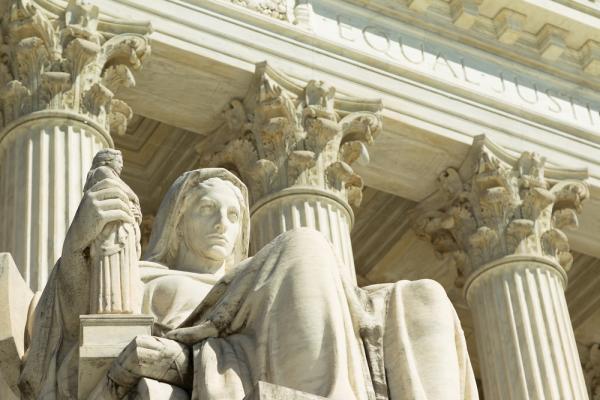The Supreme Court ruled unanimously to uphold the traditional interpretation of “one person, one vote,” in which all residents — not just eligible voters — count toward population totals for electoral districts, reports Talking Points Memo.
The opinion in the case, Evenwel v. Abbott, was authored by Justice Ruth Bader Ginsburg. Justices Samuel Alito and Clarence Thomas wrote concurring opinions.
According to Talking Points Memo:
The challengers had argued the use of total population -- which includes non-citizens, but also children and disenfranchise [sic] prisoners -- to draw districts was unconstitutional because it diluted the political power of eligible voters. Civil rights advocates argued that the lawsuit was an attempt to increase the political power of white suburban and rural voters, who tend to vote Republican, at the cost of minority and urban communities, which have a larger share of non-eligible voters in their districts.
The lawsuit was spearheaded by Edward Blum, a conservative legal advocate who has also targeted the Voting Rights Act and college affirmative action policies through legal challenges. The plaintiffs were Texas voters objecting to the state's Senate districting plan, who said their votes counted less than the votes in neighboring districts where there are a lower percentage of eligible voters.
In her majority opinion, Ginsburg said that the challengers had failed to show that the Texas districting plan was unconstitutional. She also said that the challengers did not present a convincing argument that districts should be drawn to have roughly equal number of voters, rather than total populations.
Got something to say about what you're reading? We value your feedback!
